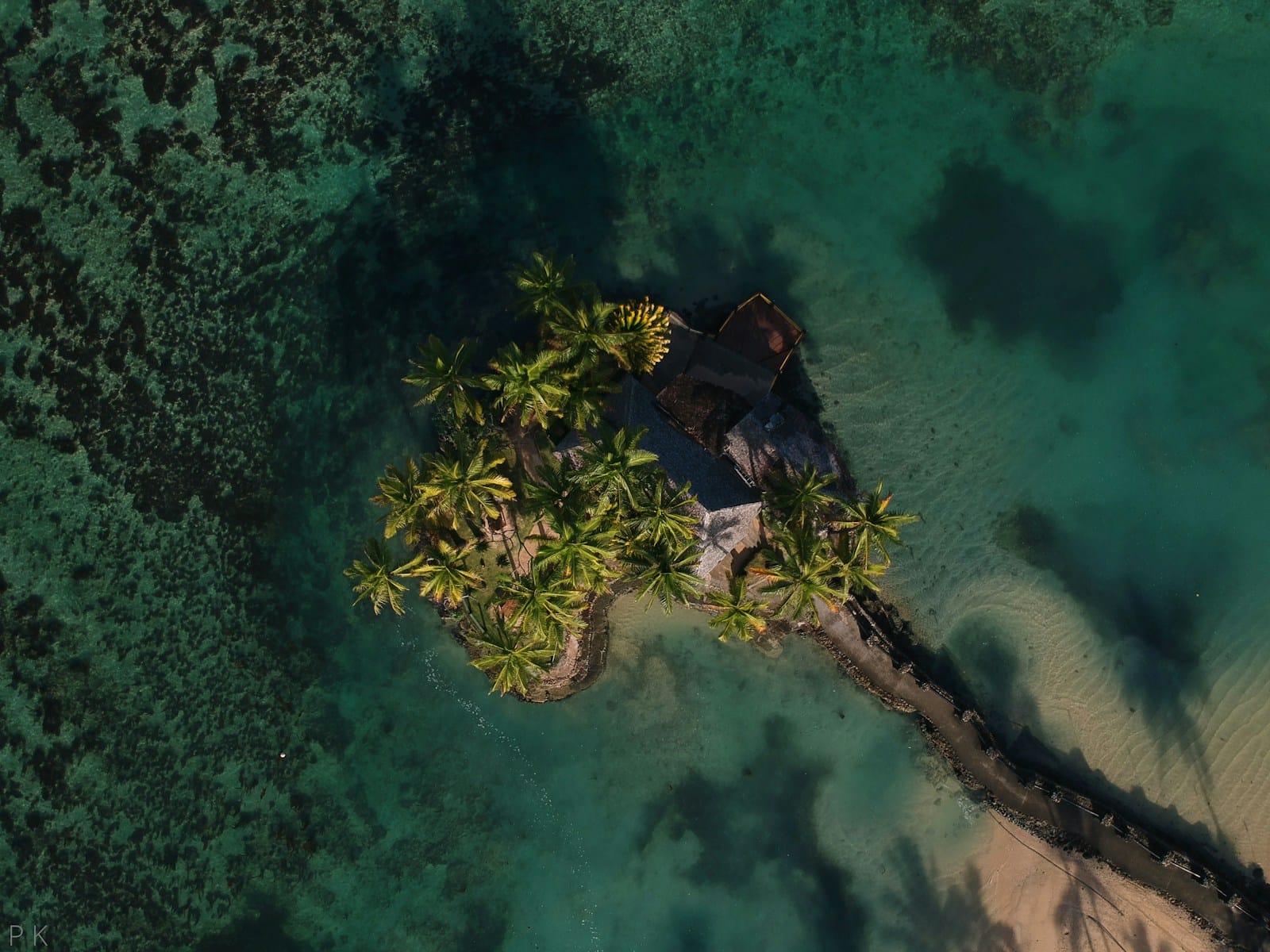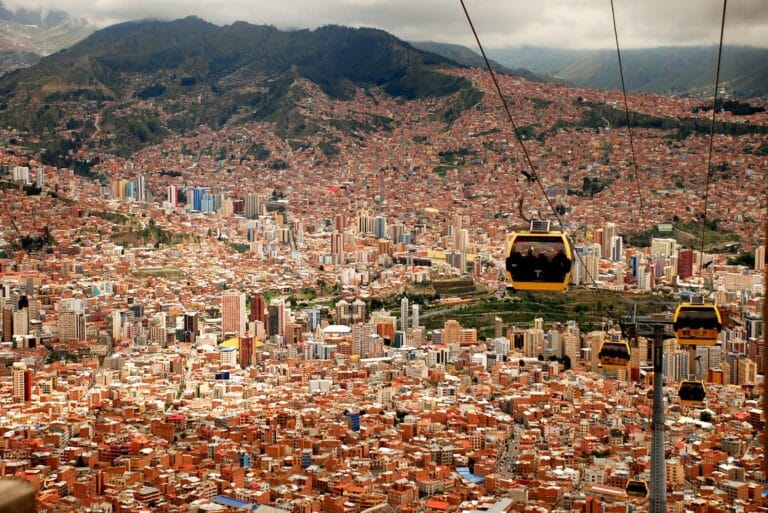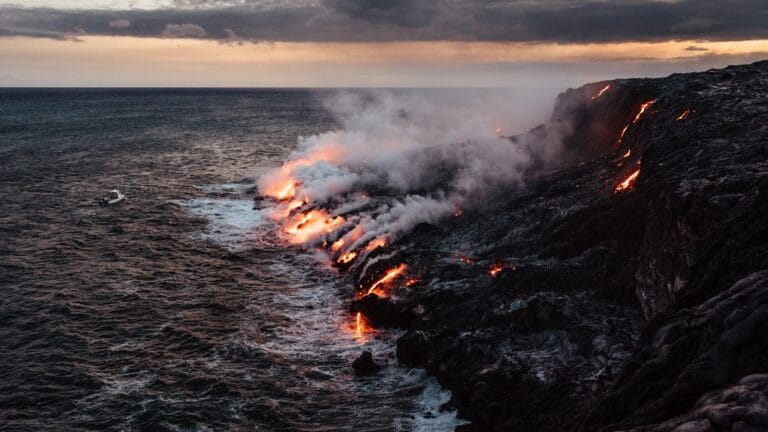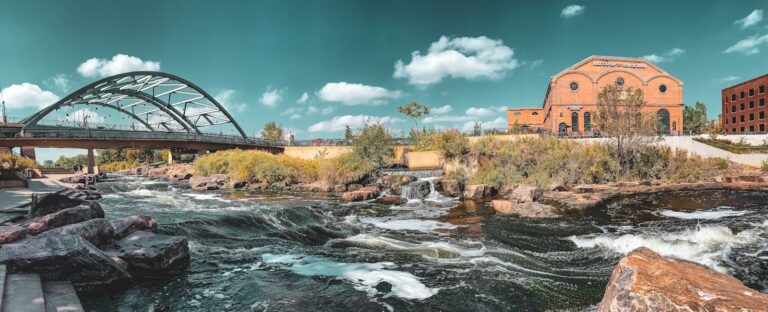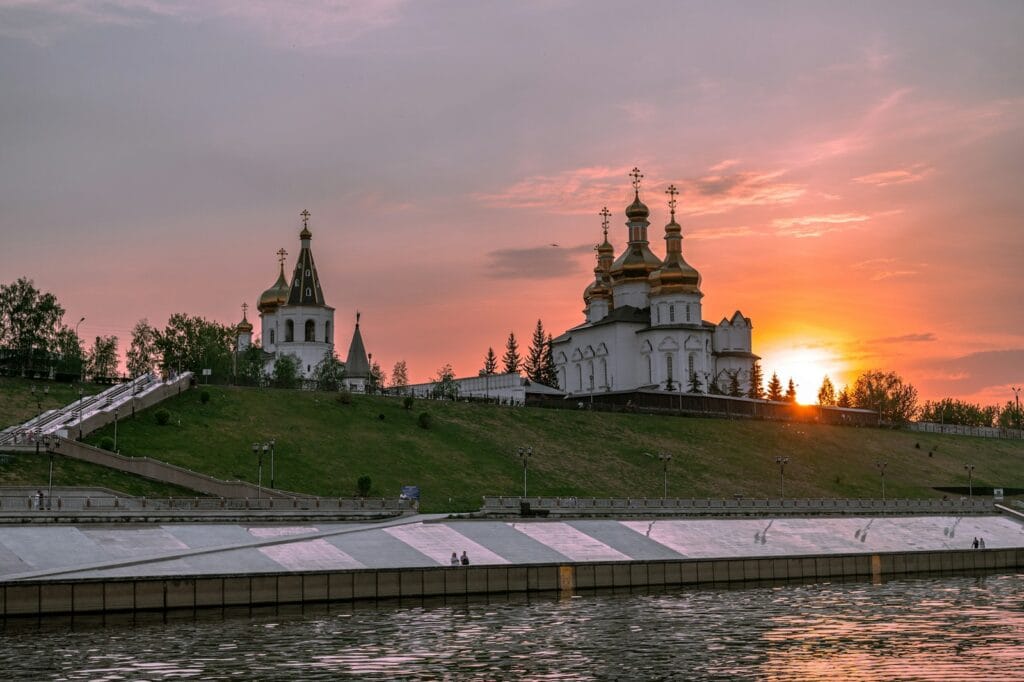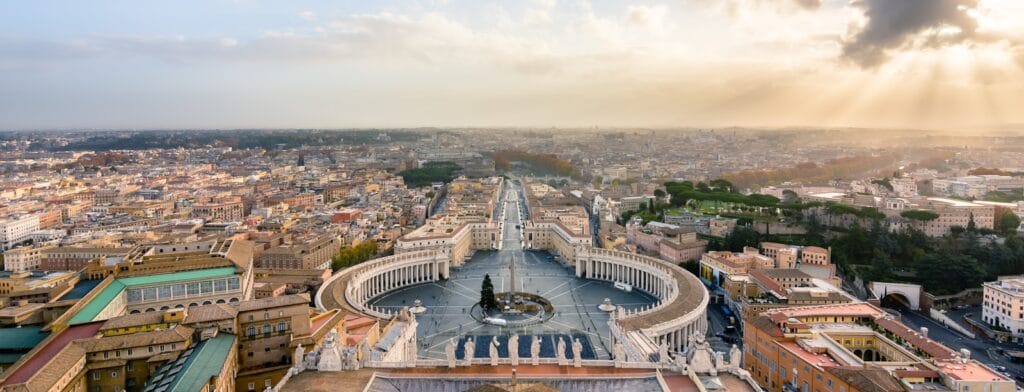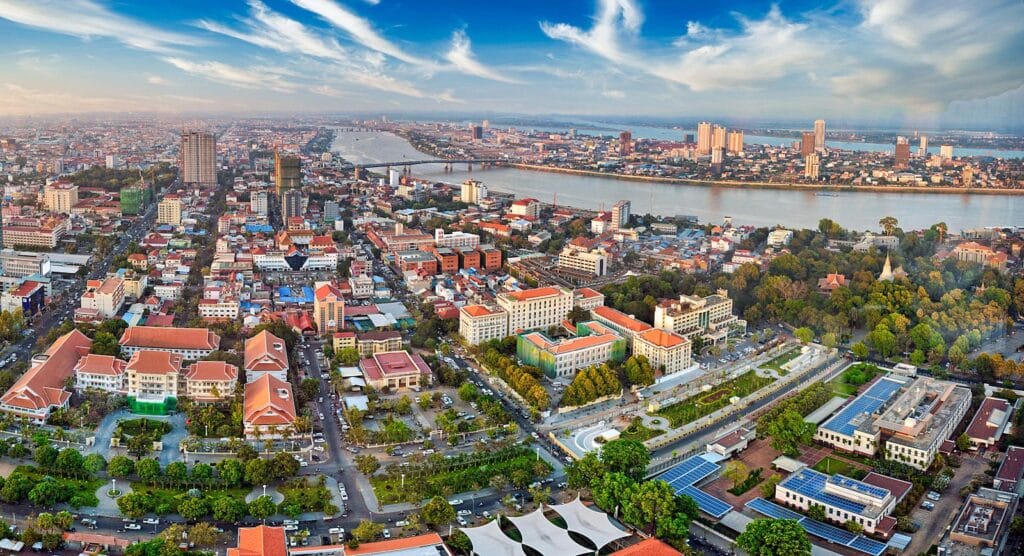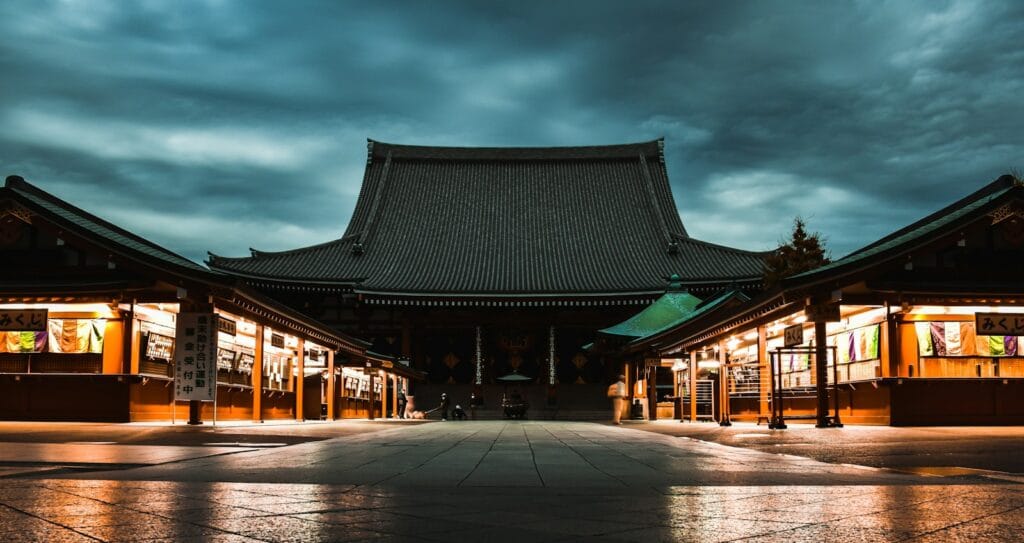Fiji Travel Guide: Island Hopping, Coral Reefs & Cultural Warmth
Introduction to Fiji Travel Guide
Fiji is the South Pacific’s tropical postcard — where palm-fringed beaches, turquoise lagoons, and coral reefs meet fire dances, kava ceremonies, and Fijian hospitality. With over 300 islands, Fiji is a dream for beach lovers, divers, honeymooners, and adventurers alike.
Whether you’re snorkeling in the Yasawas, waterfall-hopping on Taveuni, or sharing stories over a traditional kava bowl, you’ll quickly discover why Fiji isn’t just a place — it’s a feeling.
Start planning with our complete Fiji Travel Guide — packed with island-by-island highlights, transport options, cultural etiquette, travel costs, and the best things to do across this South Pacific paradise.
Continent: Oceania
Country: Fiji (Republic of Fiji)
Area: ~18,274 km² (comprised of over 330 islands, ~110 inhabited)
Population: ~940,000 (2024 est.)
Density: ~51 people/km²
Capital: Suva (on Viti Levu)
Regions/Subregions: Viti Levu, Vanua Levu, Yasawa Islands, Mamanuca Islands, Taveuni, Lau Group
Language(s): English (official), Fijian, Fiji Hindi
Currency: Fijian Dollar (FJD)
Time Zone(s): GMT+12 (Fiji Standard Time); GMT+13 in Daylight Saving (Nov–Jan)
Airports: NAN (Nadi), SUV (Suva), TVU (Taveuni), SVU (Savusavu), LKB (Lakeba)
Climate: Tropical marine — hot and humid, moderated by trade winds
Known For: Coral reefs, soft coral diving, island resorts, Fijian culture, waterfalls, kava ceremonies, surfing
Fiji offers extremely relaxed visa policies, making it a popular island destination.
Visa-free: Citizens of 100+ countries including the U.S., UK, EU, Canada, Australia, New Zealand, Japan, and most of the Pacific Islands can enter visa-free for up to 120 days.
Visa on arrival: Effectively issued at entry points for visa-exempt nationalities.
Visa required: For some African, Middle Eastern, and South Asian countries.
Visa extension: Can be granted for up to six months total stay.
eVisa: Currently not available—visas are processed via consulates if required.
Official site: Fiji Immigration Department
Required: None
Recommended: Hepatitis A & B, Typhoid, COVID-19, Dengue prevention (no vaccine; use repellent)
Mosquito-borne illnesses like dengue and chikungunya present — no malaria risk
Modern hospitals in Suva and Nadi; rural islands have basic clinics
Travel health updates — get coverage here
Stay Informed with Official Updates: World Health Organization – International Travel and Health | Centers for Disease Control and Prevention – Global Travel Health
Fiji is one of the safest Pacific destinations
Minor theft may occur in urban areas — use hotel safes
Cyclone season runs November to April — monitor weather updates
Political environment is stable, with democratic elections in place
Stay Informed with Official Updates: US Travel Advisory | UK Foreign Travel Advice
Independence Day (Fiji Day): October 10
Diwali: Date varies (celebrated by Indo-Fijians)
Christmas: December 25
New Year’s Day: January 1
Constitution Day: September
Public transport and services may pause on major holidays.
Currency: Fijian Dollar (FJD); 1 USD ≈ 2.2 FJD (2024)
Cards: Widely accepted in resorts and towns; carry cash for rural islands
ATMs: Available in major towns and airports
Tipping: Not customary but appreciated for exceptional service
Duty-Free: 2.25L alcohol, 200 cigarettes, and gifts under FJD $1,000
Fiji has several airports, but two main international gateways:
Nadi International Airport (NAN) – Main international hub on Viti Levu.
Carriers: Fiji Airways, Qantas, Air New Zealand, Virgin Australia.
Nausori International Airport (SUV) – Near Suva, Fiji’s capital; mainly regional flights.
Domestic airports: Serve outer islands including Taveuni, Savusavu, and Labasa.
Domestic Flights: Fiji Link and Northern Air connect islands
Ferries: Travel from Viti Levu to outer islands (e.g., Yasawas, Taveuni)
Buses & Minibuses: Cheap and widely used on main islands
Taxis: Abundant in Nadi and Suva — use meters or agree on fare
Car Rentals: Available in Nadi and Suva; left-hand driving
SIM Cards: Vodafone Fiji and Digicel — available at airports and towns
Coverage: Reliable in major areas; spotty in outer islands
Wi-Fi: Available in resorts, hotels, cafés — often limited in speed
Remote Work Tip: Outer islands may lack bandwidth — Nadi and Suva better for digital nomads
Drinking Age: 18
Cannabis: Illegal
Dress Code: Modest dress in villages; swimwear only at beaches
LGBTQ+ Status: Legal but conservative attitudes — discretion advised in rural areas
Cultural Etiquette: Remove hats in villages, accept kava with both hands, greet with a “Bula!”
Emergency Numbers:
Police: 917
Fire: 911
Ambulance: 910
Hospitals: Colonial War Memorial Hospital (Suva), Nadi Hospital, Lautoka Hospital
Tourist Police: Active in Nadi and resort zones
Always check cyclone forecasts during wet season (Nov–Apr)
Wet Season: November–April — hot, humid, chance of cyclones
Dry Season: May–October — cooler, sunnier, best for travel
Average Temps: 26–31°C (79–88°F) year-round
Best time to visit: May to October
Weather Forecast
Fiji by Region – Where to Go
Fiji is made up of over 300 islands, but most travel centers around Viti Levu, Vanua Levu, and the nearby island chains.
Viti Levu (Main Island)
- Nadi – Fiji’s international gateway; home to the airport, resorts, and the famous Sri Siva Subramaniya temple.
- Coral Coast – Stretch of beach towns and resorts between Nadi and Suva; great for snorkeling, surfing, and cultural villages.
- Pacific Harbour – Adventure capital with whitewater rafting, shark dives, and jet boating.
- Suva – The capital city with colonial architecture, markets, nightlife, and museums.
- Rakiraki & Suncoast – Off-the-beaten-path with mountain hikes and diving.
Yasawa Islands
- A chain of volcanic islands northwest of Viti Levu known for budget-to-boutique beach resorts, snorkeling with manta rays, and dramatic coastlines.
- Perfect for island hopping via the Yasawa Flyer catamaran.
Mamanuca Islands
- Closer to Nadi and ideal for short stays and luxury escapes.
- Home to Castaway Island, Cloud 9 floating bar, and world-class surfing at Cloudbreak.
Vanua Levu
- Fiji’s second-largest island with fewer tourists and more nature.
- Visit Savusavu for hot springs and diving, or explore Bua for traditional villages.
Taveuni (Garden Island)
- Lush, green, and wild — perfect for hiking, waterfalls, and reef snorkeling.
- Don’t miss Bouma National Heritage Park and the Lavena Coastal Walk.
Outer Islands
- Kadavu – Home to the Great Astrolabe Reef, one of the world’s largest barrier reefs.
- Lau Group & Lomaiviti Islands – Remote, traditional, and ideal for sailing or expedition-style trips.
Top Places to Visit in Fiji
Beaches & Islands
- Blue Lagoon (Yasawas) – Famous for its calm, clear waters and white sand.
- Castaway Island – Made famous by the movie Cast Away; now a luxurious hideaway.
- Cloud 9 – A floating bar and pizzeria in the middle of the ocean near Malolo Barrier Reef.
Nature & Adventure
- Bouma Falls (Taveuni) – A three-tiered waterfall hike through rainforest.
- Beqa Lagoon (Pacific Harbour) – Renowned for shark dives and coral walls.
- Sigatoka Sand Dunes – UNESCO-listed archaeological and natural wonder on Viti Levu.
Culture & History
- Fiji Museum (Suva) – Explore ancient canoe-building, tribal tools, and colonial history.
- Navala Village (Viti Levu interior) – The only traditional village where all homes are thatched bures.
- Kava Ceremony – Participate in this cultural ritual offered at most resorts and villages.
How to Choose Where to Go in Fiji
- For first-timers: Base in Nadi, with trips to Mamanucas or Yasawas.
- For nature lovers: Head to Taveuni or Vanua Levu.
- For surfers and divers: Visit Pacific Harbour, Beqa Lagoon, or Kadavu.
- For remote escapes: Charter to Lau or Lomaiviti Islands.
- For families or honeymooners: Choose Coral Coast or private island resorts.
You can combine 2–3 islands in a 10-day trip for variety.
How to Get Around Fiji
- Domestic Flights – Fiji Link and Northern Air fly to major outer islands.
- Ferries & Boats – South Sea Cruises and Awesome Adventures operate in the Yasawas and Mamanucas.
- Buses & Minivans (Viti Levu) – Reliable and inexpensive for intercity travel.
- Private Transfers – Common between airport, resorts, and Coral Coast.
- Car Rental – Available on Viti Levu for independent exploration.
Tip: Plan transfers ahead — some islands are reachable only once or twice per day.
Travel Budget & Costs in Fiji
Average Daily Costs:
- Budget: $50–80/day (hostels, ferry pass, local eats)
- Mid-range: $120–200/day (island resorts, tours, transfers)
- Luxury: $300–600+/day (private islands, gourmet dining, scuba trips)
Sample Prices:
- Yasawa Flyer ferry pass (5 days): ~$350
- Local bus ride: ~$0.80
- Kava ceremony: Often free with village visit
- Hotel (mid-range): $90–150/night
- 2-tank dive: ~$100–160
Ways to save:
- Get an island hopping pass
- Eat at local eateries (lolos)
- Use shared transfers instead of private boats
Best Time to Visit Fiji
Dry Season (May–October):
- Pleasant weather, lower humidity, and best for diving, surfing, and hiking.
Wet Season (November–April):
- Warmer, more humid, occasional storms — but fewer crowds and lush scenery.
Best for surfing: May to September
Best for manta rays: May to October (Yasawa Islands)
Must-See Experiences in Fiji
- Snorkel with manta rays in the Yasawas
- Join a traditional meke dance and kava ceremony
- Hike to Bouma Falls on Taveuni, known as the Garden Island
- Spend a night on a remote island bure, waking up to the ocean
- Surf Cloudbreak, one of the world’s most iconic waves
- Sail through the Mamanucas, stopping at reefs and sandbanks
- Visit a Fijian village, offering insight into communal life and customs
- Watch fire dancing under the stars at a beachfront resort
Discover the best Fiji tours and unforgettable things to do in Fiji, from marine adventures to cultural immersion.
Best Travel Itineraries in Fiji
Island Essentials – 7 Days
- Nadi → Mamanucas → Yasawas
Ideal for beach lovers and first-timers.
Adventure & Culture – 10 Days
- Coral Coast → Pacific Harbour → Taveuni
Great for nature, waterfalls, and shark dives.
Luxury Escape – 5 Days
- Nadi → Private Island Resort → Spa + Snorkeling
Perfect for honeymooners or reset retreats.
Off-the-Beaten Path – 12 Days
- Nadi → Vanua Levu → Taveuni → Kadavu
Rich biodiversity, traditional villages, and few crowds.
Local Cuisine & Culinary Experiences
Fijian cuisine is a mix of indigenous, Indian, and Chinese influences — fresh, hearty, and tropical.
Must-Try Dishes
- Lovo – Earth-cooked feast of meat, taro, and fish
- Kokoda – Fijian ceviche with coconut cream and lime
- Palusami – Taro leaves baked with coconut cream
- Fijian curry – Often served with roti and chutney
- Cassava cake – Sweet, dense treat from local root veg
Drinks:
- Kava – Traditional, mildly sedative root drink shared in ceremonies
- Fiji Bitter / Fiji Gold – Popular local beers
- Fresh coconut water – Sold roadside and at beaches
Take part in a lovo night, food market tour, or resort cooking class to experience island flavors.
Travel Safety & Cultural Etiquette in Fiji
Safety Overview
- Fiji is very safe for travelers.
- Use reef-safe sunscreen to protect marine ecosystems.
- Cyclone season (Nov–April) warrants flexibility in plans.
Cultural Etiquette
- Dress modestly when visiting villages — cover shoulders and knees
- Always remove hats and shoes before entering a chief’s home
- Bring a sevusevu (gift), such as kava, when visiting traditional villages
- Smile — Fijians are famously friendly and warm-hearted
Where to Go Next – Pair Fiji with These Destinations
- New Zealand – Short hop for mountain hikes and Māori culture
- Australia (Brisbane or Sydney) – Combine reef with city
- Samoa or Tonga – More traditional Polynesian islands
- Hawaii – Another Pacific archipelago with volcanoes and surf
- Bali (via NZ/Aus) – For Southeast Asia extensions
Explore our New Zealand Travel Guide, Australia Travel Guide, Hawaii Travel Guide and Bali Travel Guide to create your perfect regional trip.
Final Planning Checklist for Fiji
- Most nationalities are visa-free for 4 months
- Currency: Fijian Dollar (FJD)
- Book island resorts and ferries early in high season
- Bring reef-safe sunscreen, mosquito repellent, and flip-flops
- Download offline maps — connectivity is limited on smaller islands
- Learn some Fijian: “Bula!” (Hello), “Vinaka” (Thank you), “Moce” (Goodbye)
- Respect traditional customs during village visits — modesty and gifts appreciated
Explore Fiji with confidence using our trusted tips, local insights, and region-by-region planning tools.
For more expert travel tips, practical strategies, and trusted tools — visit our Homepage and get inspired for your next trip.

